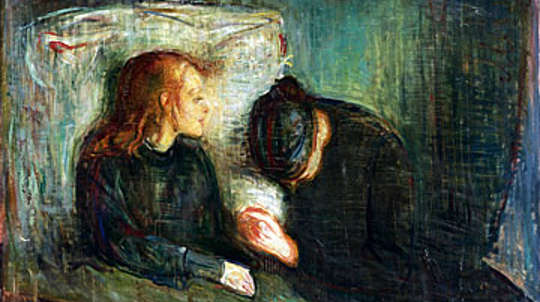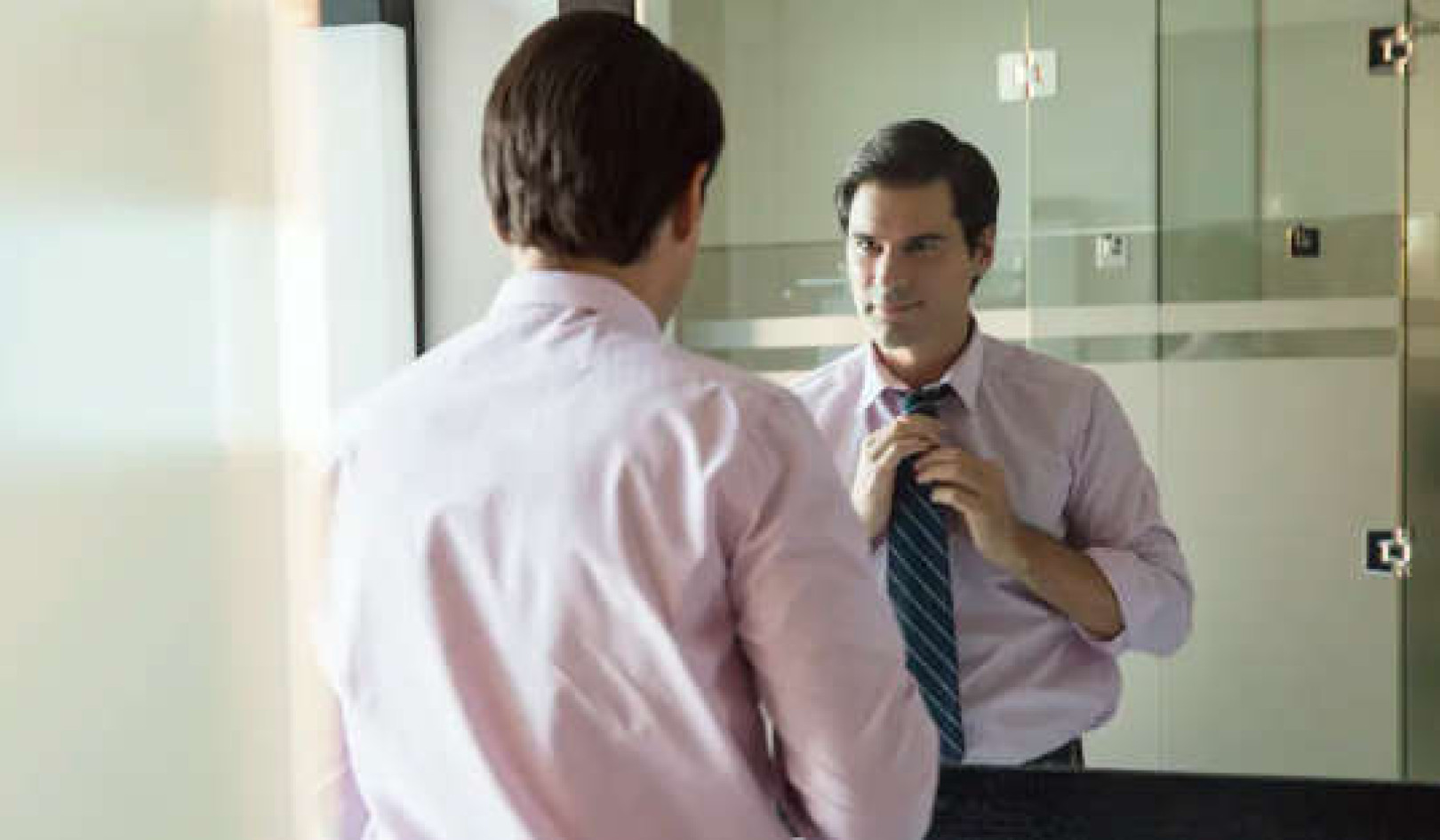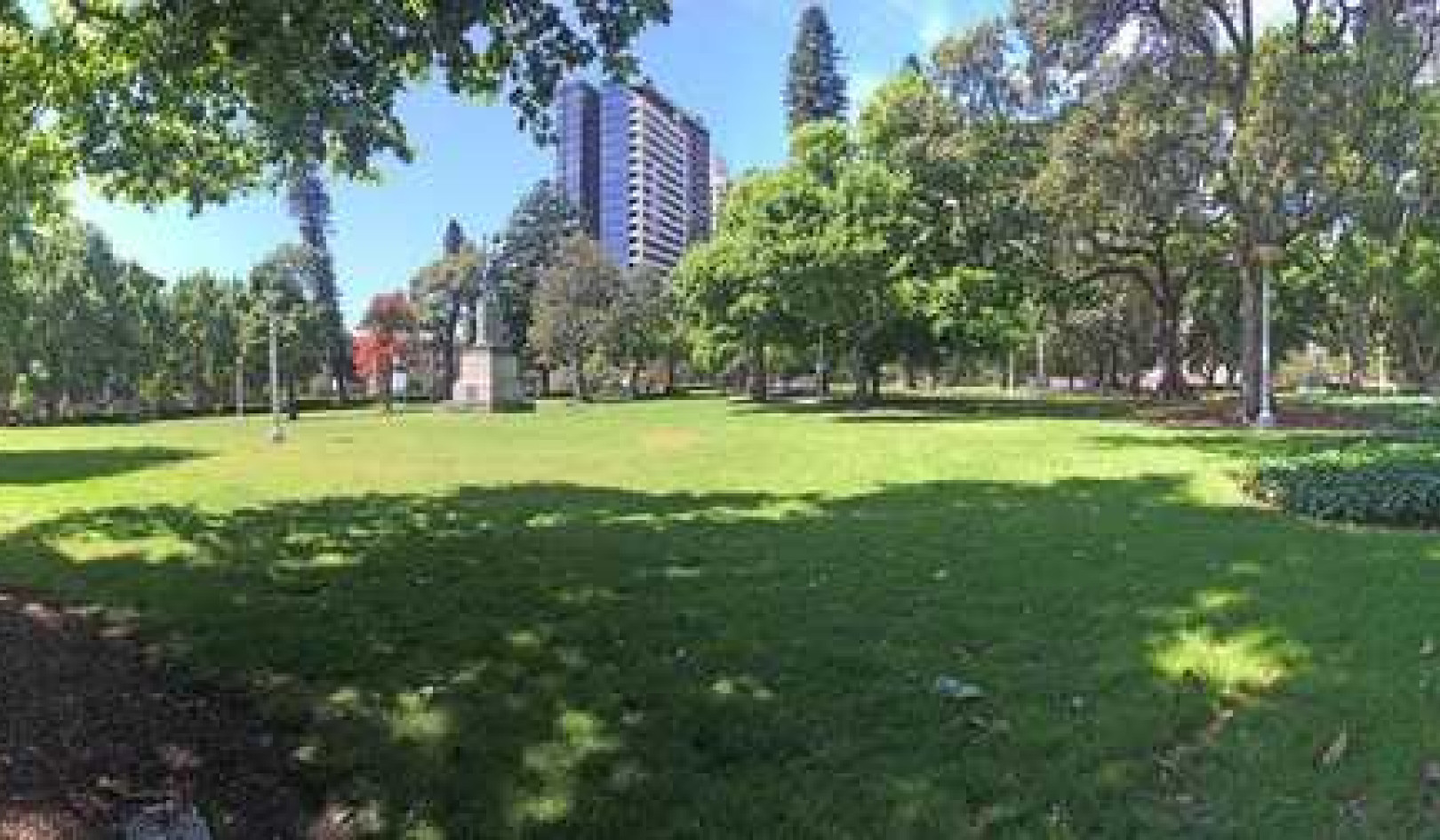
Some births happen with just a few easy pushes while others are a long, drawn out, Herculean task. The moment of death, too, is unique and can happen with gentle ease or struggle and effort. Each death is what it is. Like birth, death is a passage, not a success or failure. It deserves the same honor we reserve for the moment of birth whether it was a peaceful experience or a conflicted one.
The moment of death, like the moment of birth, is so private, that even though a massage therapist may have developed a close, intimate relationship over the months of massaging the patient, the dying person generally wants only a few special people with them at the end. Some people even prefer to have no one with them and will time the moment of death for after everyone has left the room.
Sharing Time Together
Anyone who is providing touch for someone at the end of life, whether it is for a client or one’s own family member, will want to read some of the books available on this subject. One short chapter is not enough to convey what is known about such topics as communication, grief, or what death will be like. A few basic guidelines for sharing time together are given below:
Face the person squarely, make and maintain eye contact. The person who is dying is the central person in the room. Too often, others direct their attention to the family and friends rather than toward the person they came to see.
Listening is enough. Listening is an act complete in itself, but believing that it is enough is difficult. Rachael Naomi Remen speaks often of listening and healing, reminding us that the simple human interaction of listening is the most powerful tool of healing. Healing is accomplished not by doing something, but by receiving the person, exactly as they are, without judgment, without interruption. People change when they are received and listened to.
Follow the conversational leads of the patient. Never force the conversation onto topics that the patient does not want to discuss, but if they do initiate the subject of their illness, allow them to talk about it rather than diverting attention away.
Many well-meaning visitors try to distract the dying person with talk about what is going on in the outside world, the weather, what’s happening at work, or gossip about family and friends. Visitors wrongly suppose that letting the conversation drift toward intimate topics such as death, fear, or the afterlife, will upset their dying friend. More often than not, the patient will be grateful for the opportunity to share honest feelings.
Despite the attention of many loving people, illness can be a lonely experience when there is no one who understands and accepts the perceptions of the ill person.
Smile and laugh. Serious illness does not put a ban on laughter.
Allow silence and spaciousness. Slow down. Pause for a moment longer before responding. Love needs fewer or no words and silence can be as supportive and welcome as conversation.
As death approaches, the one who is dying will withdraw and words become less important. The giving and receiving of touch allows both people to spend quiet time together in a pleasurable, undemanding way that needs no words.
You don’t have to have all the answers. There are no complete solutions. Accept that you are limited and do what you are able to. Sharing the questions may be the best thing.
Don’t offer untrue statements. If a patient isn’t doing well, don’t make remarks such as: “You’ll be good as new before you know it.” Acknowledge their feelings and the situation as it actually is with comments such as; “It sounds as if you’re really uncomfortable,” or “You seem frustrated.”
Respect the privacy, wishes, and beliefs of the patient. Call before you visit. Never assume you know what is best for them. Don’t force your ideas about illness or death onto the patient. Allow them to have their own experience. As best as you can, try to put aside your preconceived notions about how the experience should occur and allow the loved one to direct their dying.
Respect the patient’s wish to be touched. Some people are averse to receiving massage during this time. Any sign, verbal or nonverbal, that the patient does not want to be touched must be respected despite our personal desire to provide massage. There are many reasons people may not want massage.
Be there to support the person’s process. Have no agenda or expectations. The focus should be on spending time together.
Offer to help, but only if you can follow through. Don’t make idle offers. Offer to help with specific tasks. Rather than making a general comment such as, “Let me know how I can help,” ask the patient (or caregiver) if you could do the grocery shopping once a week, take the kids to soccer practice, mow the lawn, or give a foot massage.
People who are in the final stages of life usually do not have the energy or even the interest to compile ‘to-do’ lists when friends casually ask if there is some way they can help.
Allow the person to do what she can for herself. Most people want to be as independent as possible for as long as possible. Even if there is a bit of struggle in putting on their own slippers or turning over in bed, this bit of autonomy gives people a sense of control.
Give the one who is ill the opportunity to not only be a receiver of help but also a giver of help. Everyone wants to feel useful. Caregivers need to permit themselves to be receivers whenever possible. Not only will the dying ones feel they are making a contribution, but the primary caregiver will lessen the burnout that accompanies this situation.
Know your own limits and see them with compassion. Whether a professional or personal family caregiver, it is important to recognize there are times when you cannot be all things to all people. You can only be as good as you can be in each moment. Some days you will be more present than others. The more compassionate a practitioner is toward themselves, the more compassionate they can be with others.
Family and Friends Giving Touch and Massage
At the end of life, there is a need for touch given by a professional massage practitioner and by family and friends. Having a professional’s help provides relief and respite for family caregivers. The professional touch therapist also gives the patient someone to interact with who is not in the immediate social circle.
Patients sometimes withhold information or feelings from their loved ones, believing they are protecting them from further emotional pain. Callanan and Kelly (1992) refer to this as a “compassionate conspiracy.” During the relaxed atmosphere of a massage session, someone who is dying may feel freer to admit things they have been withholding. The touch practitioner may become a witness to thoughts or feelings the patient still wants to share.
Ron, who was dying of leukemia, felt everyone around him was walking on egg shells. No one showed their true feelings or talked to him about his. It was only during his massage sessions that he could let go.
The Importance of Touch
Like an infant, a dying person needs to be touched frequently, not just during the weekly sessions a professional might give. Some caregivers, though, are ill at ease about touching someone who is dying, uncertain about what will feel good, or fearful of hurting them. Trained touch therapists can support and empower family members by teaching them how to provide gentle, caring touch.
William Collinge and his associates (2013) taught caregivers using a DVD and live instruction to give 20-minute sessions to their loved one. The caregivers were then asked to give three 20-minute massages a week at home to their patient over a four-week period. The data collection at the end of that period showed that patients experienced improvement in their symptoms as well as in quality of life. The massage group had nearly twice the improvement as another group that was read to instead.
Stephenson (2007) trained care partners to give a 30-minute reflexology treatment to their loved one. A single session brought immediate improvement in pain and anxiety. It is not known, however, how long the improvement was sustained.
©1999, 2007, 2014 by Gayle MacDonald. All Rights Reserved.
Reprinted with permission of the publisher,
Findhorn Press. www.findhornpress.com.
Article Source
 Medicine Hands: Massage Therapy for People with Cancer (3rd edition)
Medicine Hands: Massage Therapy for People with Cancer (3rd edition)
by Gayle MacDonald, MS, LMT.
Click here for more Info and/or to Order this book.
About the Author
 Gayle MacDonald, M.S., L.M.T., began her career as a teacher in 1973 and as a massage therapist in 1989. In 1991, she blended her two career paths. Since 1994, she has given massage to cancer patients and supervised massage therapists on the oncology units of Oregon Health and Science University. Gayle is a frequent contributor to the three main massage journals in the US. Presently, she travels the US teaching continuing education courses in oncology massage. She is also the author of Massage for the Hospital Patient and Medically Frail Client.
Gayle MacDonald, M.S., L.M.T., began her career as a teacher in 1973 and as a massage therapist in 1989. In 1991, she blended her two career paths. Since 1994, she has given massage to cancer patients and supervised massage therapists on the oncology units of Oregon Health and Science University. Gayle is a frequent contributor to the three main massage journals in the US. Presently, she travels the US teaching continuing education courses in oncology massage. She is also the author of Massage for the Hospital Patient and Medically Frail Client.
View a video about the healing value of massage: The Healing Aspects of Massage for Cancer Patients



























